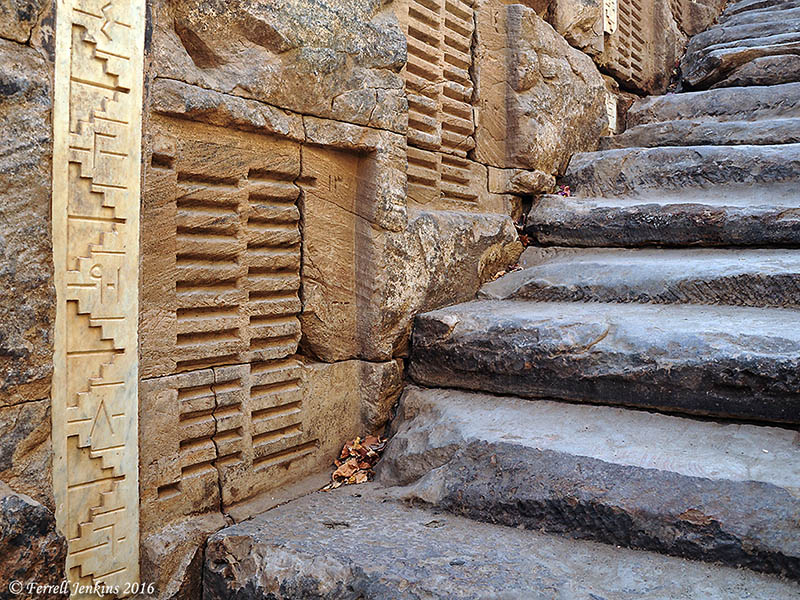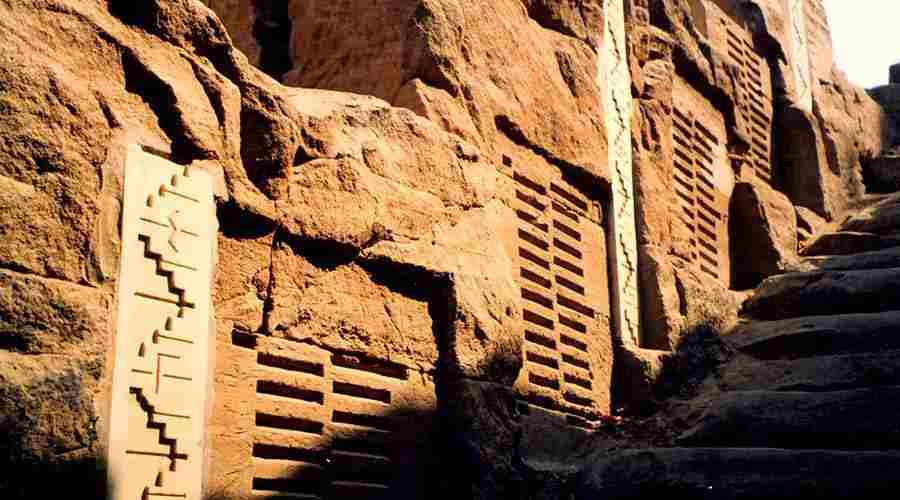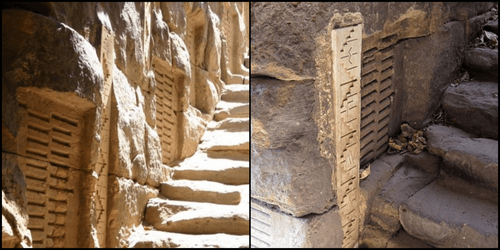Nestled on the picturesque Elephantine Island in the heart of Aswan, Egypt, stands an ancient engineering marvel that has captivated the imagination of historians, archaeologists, and curious travelers alike – the Aswan Elephantine Nilometer. This remarkable structure, dating back to the Pharaonic era, was instrumental in measuring the Nile River’s water levels, a vital task for predicting annual floods and managing the agricultural heartbeat of ancient Egypt.
The Nile River has long been the lifeblood of Egyptian civilization, its annual summer rise depositing nutrient-rich silt across the floodplain, transforming the arid landscape into a verdant agricultural powerhouse. However, this predictable yet unpredictable cycle was a double-edged sword – too much water could spell disaster, while too little would lead to devastating droughts. It was in this context that the Egyptians developed ingenious methods to monitor and manage the Nile, with the Nilometer playing a crucial role in this endeavor.
The Nilometer: A Masterpiece of Ancient Engineering
The Aswan Elephantine Nilometer is a marvel of ancient engineering, designed to precisely measure the Nile’s water levels through the use of a staircase with marked walls. As the Nile’s waters rose and fell, these markings allowed royal priests and administrators to track the river’s fluctuations, providing crucial data for forecasting harvests and setting tax rates.

The Nilometer’s construction is a testament to the advanced engineering prowess of the Egyptians. The structure features a central well connected to the Nile by a series of channels, allowing the river’s water to flow directly into the measuring chamber. The staircase, with its precisely carved markings, enabled the priests to record the water level with remarkable accuracy, a feat that continues to impress modern researchers.
The Nilometer’s Role in Ancient Egyptian Society
The Nilometer’s importance extended far beyond its practical applications in agriculture and taxation. It was also deeply intertwined with the religious and administrative functions of ancient Egyptian society. The royal priests who monitored the Nile’s water levels were revered as intermediaries between the people and the gods, their predictions of flood volumes and their ability to forecast harvests granting them significant power and influence.

Moreover, the Nilometer’s measurements were not merely practical data points, but were also imbued with symbolic and ritualistic significance. The rising and falling of the Nile’s waters were seen as manifestations of the divine, with the Nilometer serving as a physical link between the earthly and the celestial realms. The priests’ ability to predict and manage the Nile’s cycles was thus viewed as a sacred duty, one that reinforced the divine right of the pharaohs to rule over the land.
The Legacy of the Aswan Elephantine Nilometer
Today, the Aswan Elephantine Nilometer stands as a testament to the ingenuity and environmental understanding of ancient Egyptian civilization. Researchers continue to be fascinated by the accuracy of the Nilometer’s measurements and the durability of its construction, marveling at the level of engineering prowess that went into its design and implementation.

Beyond its practical applications, the Nilometer also serves as a window into the complex social, religious, and administrative systems that underpinned ancient Egyptian society. It underscores the civilization’s deep connection to the Nile, and the ways in which this vital waterway was woven into the very fabric of their existence, shaping their beliefs, their practices, and their governance.
As we gaze upon the Aswan Elephantine Nilometer, we are not only admiring a remarkable feat of ancient engineering, but also glimpsing the enduring legacy of a civilization that harnessed the power of the Nile to create a thriving, prosperous, and resilient society. The Nilometer’s story is a testament to the ingenuity and adaptability of the human spirit, and a reminder of the profound ways in which our relationship with the natural world can shape the course of history.
Conclusion
The Aswan Elephantine Nilometer stands as a testament to the engineering prowess and environmental understanding of ancient Egyptian civilization. This remarkable structure, with its precise measurements of the Nile’s water levels, played a crucial role in the agricultural, religious, and administrative systems that underpinned the success of this ancient society.
As we explore the legacy of the Nilometer, we are not only marveling at the technical achievements of the Egyptians, but also gaining insights into the complex interplay between humans and their natural environment. The Nilometer’s story reminds us of the enduring power of innovation, adaptation, and our ability to harness the resources of the natural world to create thriving civilizations.
In an era where we grapple with the challenges of climate change and environmental sustainability, the Aswan Elephantine Nilometer offers a compelling reminder of the ingenuity and resilience of the human spirit. By understanding and drawing inspiration from the achievements of our ancestors, we may just uncover the secrets to building a more sustainable and prosperous future for all.
